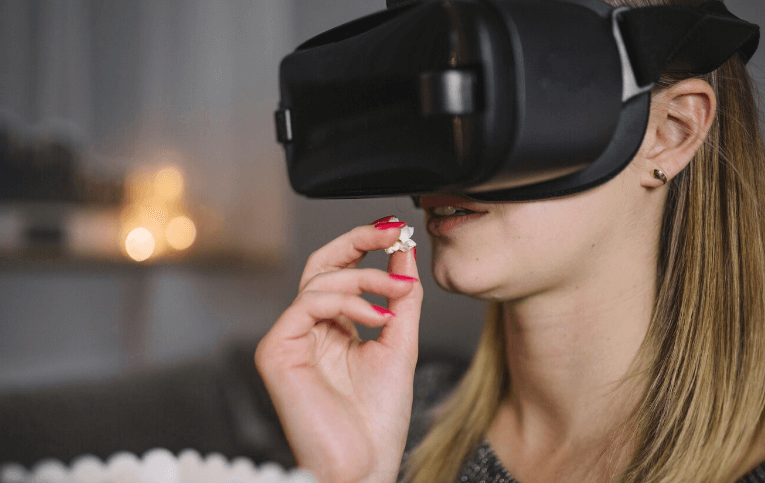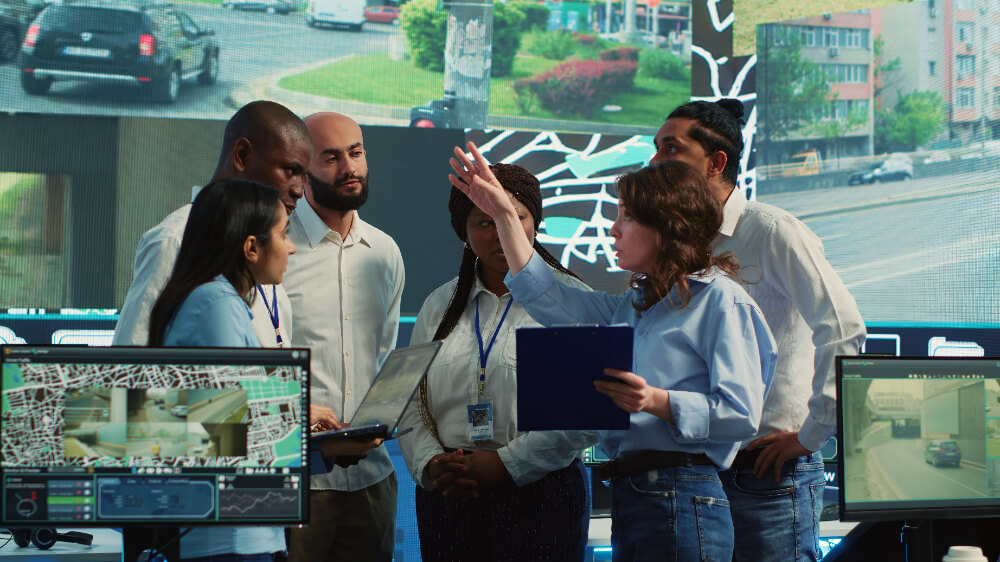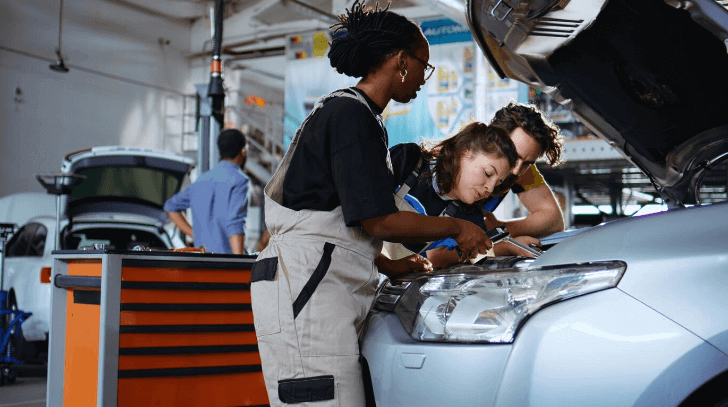When it comes to technology, the two key pillars we usually expect are safety and reliability. We trust a product or system not just to function seamlessly, but also to ensure our well-being. But what happens when one of these foundations, particularly reliability, weakens? Can we truly depend on a technology that is safe but not reliable?
This blog explores the complex trade-off between safety and reliability in technology. We’ll unpack how this dichotomy impacts various industries, discuss real-world examples, and share critical insights for users and decision-makers.
What Does It Mean for Technology to Be “Safe but Not Reliable”?
Before we get into the nitty-gritty, it’s important to define what it means for technology to be “safe but not reliable.”
- Safety refers to the ability of technology to protect users and minimize risks, ensuring that no harm comes to those using it.
- Reliability, on the other hand, measures how consistently a technology performs as expected over time.
When these two characteristics are misaligned, it creates an unusual situation. A piece of technology may not endanger your safety but could fail to perform its intended function regularly. This raises questions about the trustworthiness of such systems.
For instance, imagine an autonomous car that never endangers passengers’ lives but constantly fails to start due to system glitches. It might not put anyone in harm’s way, but would you trust it to get you to work every morning?
Real-World Examples of Safe but Unreliable Technologies
Healthcare Devices
Medical devices are a prime example of how safety and reliability don’t always go hand in hand. Consider an insulin pump that is programmed to ensure patient safety by ceasing operations if it detects an error. While this safeguard ensures no harm comes to the patient, frequent operational halts or glitchy readings make it unreliable. Patients might then question whether they can trust the device to manage their health effectively.
Software Applications
Ever been frustrated by a well-encrypted app that crashes constantly? Many mobile apps take privacy and safety seriously, employing top-notch security protocols. However, frequent crashes or bugs can make them unreliable for daily use. For instance, a banking app might keep your financial information secure but fail to load during peak hours, leaving users high and dry when trying to make urgent transactions.
Smart Home Devices
Smart homes are designed to make life easier, but not all devices deliver reliability consistently. For example, a smart lock might ensure your home’s safety with advanced encryption technology but fail to unlock when you forget your phone at home. These glitches, while not directly harmful, chip away at a product’s usability and trustworthiness.
Automotive Systems
Think about cars with advanced driver-assistance systems (ADAS). These features, like automatic emergency braking, are designed for maximum safety, often halting the vehicle to avoid collisions. However, reliability issues in the system—such as false positive braking when no obstacle exists—can frustrate drivers and diminish their confidence in the technology.
The Impacts of Unreliable Technology on Users
Loss of Trust
When a safe technology repeatedly shows unreliability, it erodes user trust. People may stop using a product or service altogether if they can’t depend on it to function properly, no matter how safe it may be.
Increased Costs
Unreliable technology often results in costly maintenance, frequent repairs, or the need for alternative solutions. For businesses, this can mean wasted resources, impacting their bottom line significantly.
Reduced Efficiency
Unreliable systems slow down productivity, negating the benefits they were designed to offer. Whether it’s a glitchy CRM tool for businesses or an unstable internet connection at home, such inefficiencies can add up over time.
Why Does This Disconnect Happen?
There are a few reasons why technology can be safe but unreliable:
- Narrow Focus on Safety Standards: Regulatory bodies often prioritize safety compliance over reliability metrics. This ensures that products do not pose risks but doesn’t guarantee smooth functionality.
- Lack of Rigorous Testing: Reliability issues frequently arise when technology is rolled out without comprehensive testing in real-world conditions. Safety protocols might be checked, but performance could still falter under varying circumstances.
- Resource Constraints: Some industries operate within tight financial, time, or manpower restrictions, leading developers to prioritize safety features and forego exhaustive reliability assessments.
How Can We Address the Problem?
Strive for Balance
Developers and stakeholders must aim for a better balance between safety and reliability. Allocate resources to fortifying both aspects during the design and development phases.
User Feedback Loops
Engaging with users to identify reliability issues in real environments can help refine the product. Building pathways to resolve usability concerns in updates is key to regaining confidence in technology.
Invest in Testing
An emphasis on rigorous testing across diverse conditions can significantly improve reliability. Simulating the many scenarios in which a product will be used can uncover hidden challenges.
Regular Maintenance and Updates
Even the safest gadgets need regular software patches or mechanical upgrades to eliminate glitches and enhance reliability. Ongoing support ensures the intersection of safety and consistency.
Should You Trust Safe but Unreliable Technology?
The answer depends on the specific context. For low-stakes situations, such as using an app to track your water intake, minor reliability hiccups might not matter. But for critical industries—like healthcare, transportation, and security—reliability is non-negotiable.
If you’re a decision-maker considering such technology, you need to weigh both aspects carefully. Does the safety benefit outweigh the reliability concerns? Will users feel reassured even if the system falters occasionally? These questions must shape your choices.
When Safety and Reliability Align, Greatness Happens
At the end of the day, the best technology combines both safety and reliability to deliver seamless experiences. While it’s possible to accept a degree of unreliability in specific scenarios, users and industries alike should strive for solutions that perform dependably without compromising safety.
Are you navigating similar challenges with technology in your life or workplace? Share your experiences in the comments—we’d love to hear how safety and reliability play out in your world.



